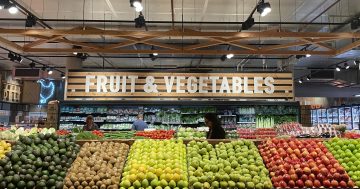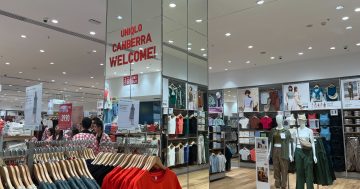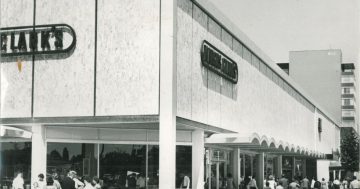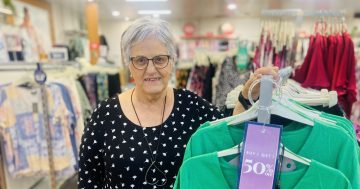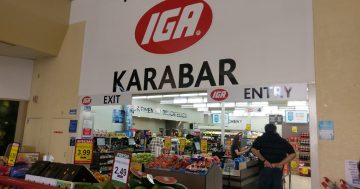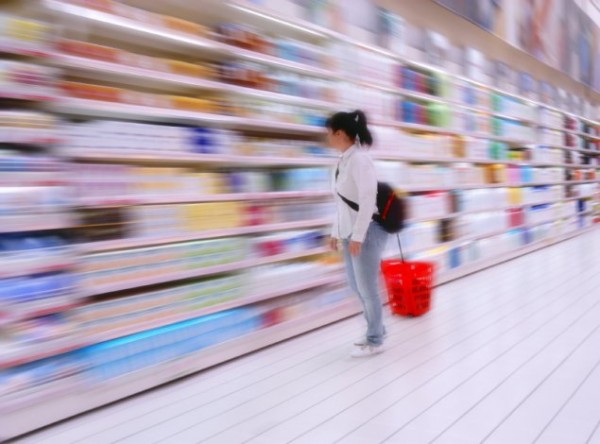
Shopping is one of humanity’s oldest pleasures. From ancient Greek agoras to Roman markets to the Turkish Bazaar of the Middle Ages and the modern day shopping mall, people have always liked to come together to shop.
Originally, markets sold food and other essentials as well as luxuries. We still see echoes of these all-in-one destinations in the farmers’ markets in places like Hall, EPIC in Mitchell, CIT in Phillip, and Tuggeranong.
But with the rise of self-service supermarkets, shopping has split into two experiences: the mostly mundane chore of filling up a trolley of household goods, versus the enjoyable experience of “going shopping” which still represents the larger experience of being out in public of a crowd and seeing lots of things to buy.
As you might imagine, the psychology of both kinds of shoppers are studied closely by the corporations that own the supermarkets and shopping malls.
To take one example: milk is one of the most commonly purchased items in the supermarket, but it is always put right at the back of the supermarket to force shoppers to walk past more items on the shelves. This increases the likelihood that shoppers will “remember” other things that need be bought. The same principle applies to the impulse buy items placed at the register. There is a reason why “make a shopping list and stick to it” is commonly cited as a money-saving trick.
The design of shopping malls similarly incorporate a series of clever psychological ploys to convince you to spend the cash in your wallet:
- Interiors are always designed with lots of mirrors and other highly-reflective surfaces to make shoppers conscious of how they look.
- Mannequins encourage people to see themselves wearing the displayed clothes
- Escalators are mostly oriented away from exits so that shoppers have to walk past more stores on the way to and from their cars.
- Stores are mostly glass facades to make it easy to see the shopping going on inside, whether it is someone booking a holiday or a family being fitted out with shoes.
Even with the rise of online shopping, physical shops don’t appear to be going away soon. However, the emphasis is shifting to storefronts as a way to advertise, gain customer loyalty and deliver a “shopping experience”. For example, both the Apple stores and Peter Alexander sleepwear stores are designed to evoke a specific sense of “space”, whether sleek and high-tech or playful and child-like.
Local shops are still important too, encouraging greater physical activity for nearby residents and providing a sense of community and “place” that is simply missing from our globalised and homogenous shopping centres. People may be able to find a recognisable McDonalds store anywhere in the world, but the experience of visiting Little Oink in Cook or the local hairdressers in Florey is both unique and personal.
To thrive however, local shops need reasons for people to visit and to stay. Play equipment, good coffee, and a hairdresser all do wonders in building regular and sustained traffic to shops. This then provides the incentive for other professions like butchers, accountants, and therapists to move in and attract local clients.
How do you choose when and where to shop?
Kim Fischer is an ACT Labor candidate for the seat of Ginninderra in the 2016 ACT Legislative Assembly election. If you live in Belconnen and have 3 minutes, please complete her survey on local shops and facilities.













